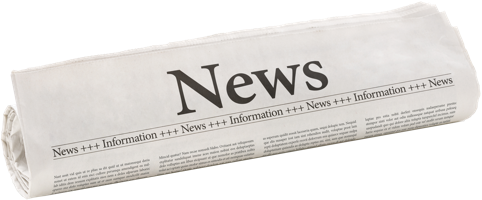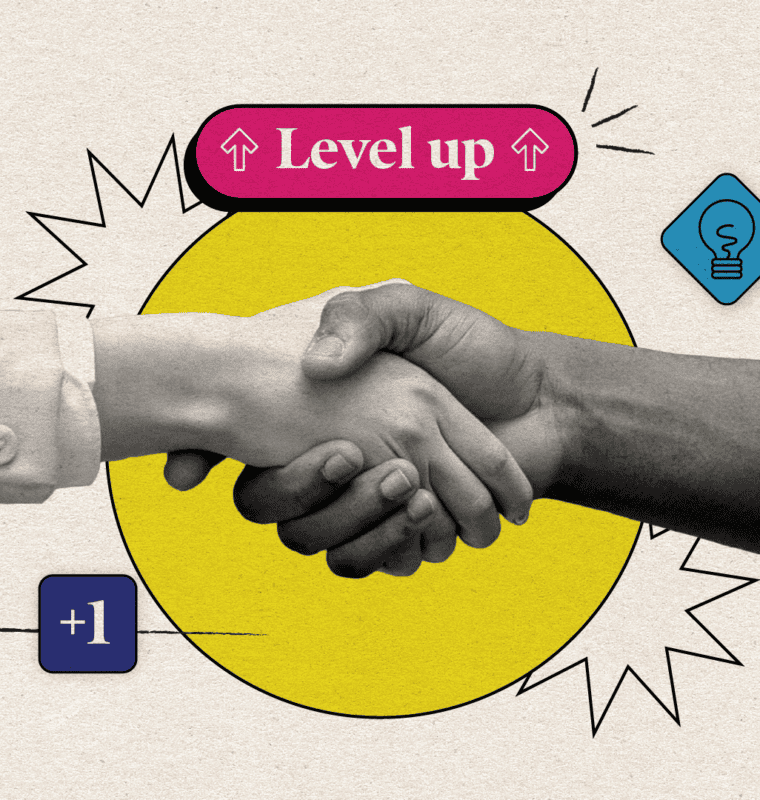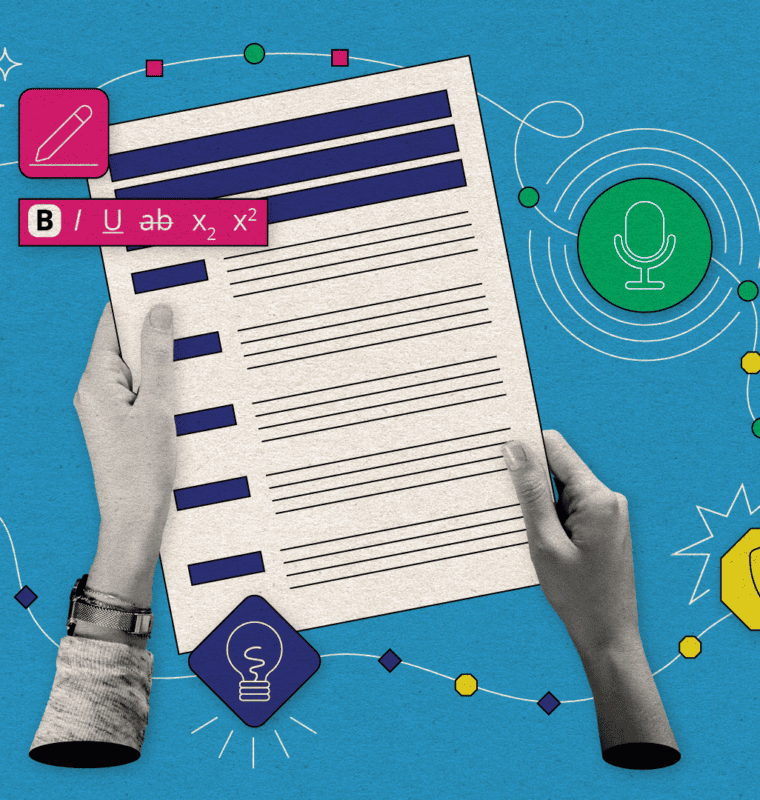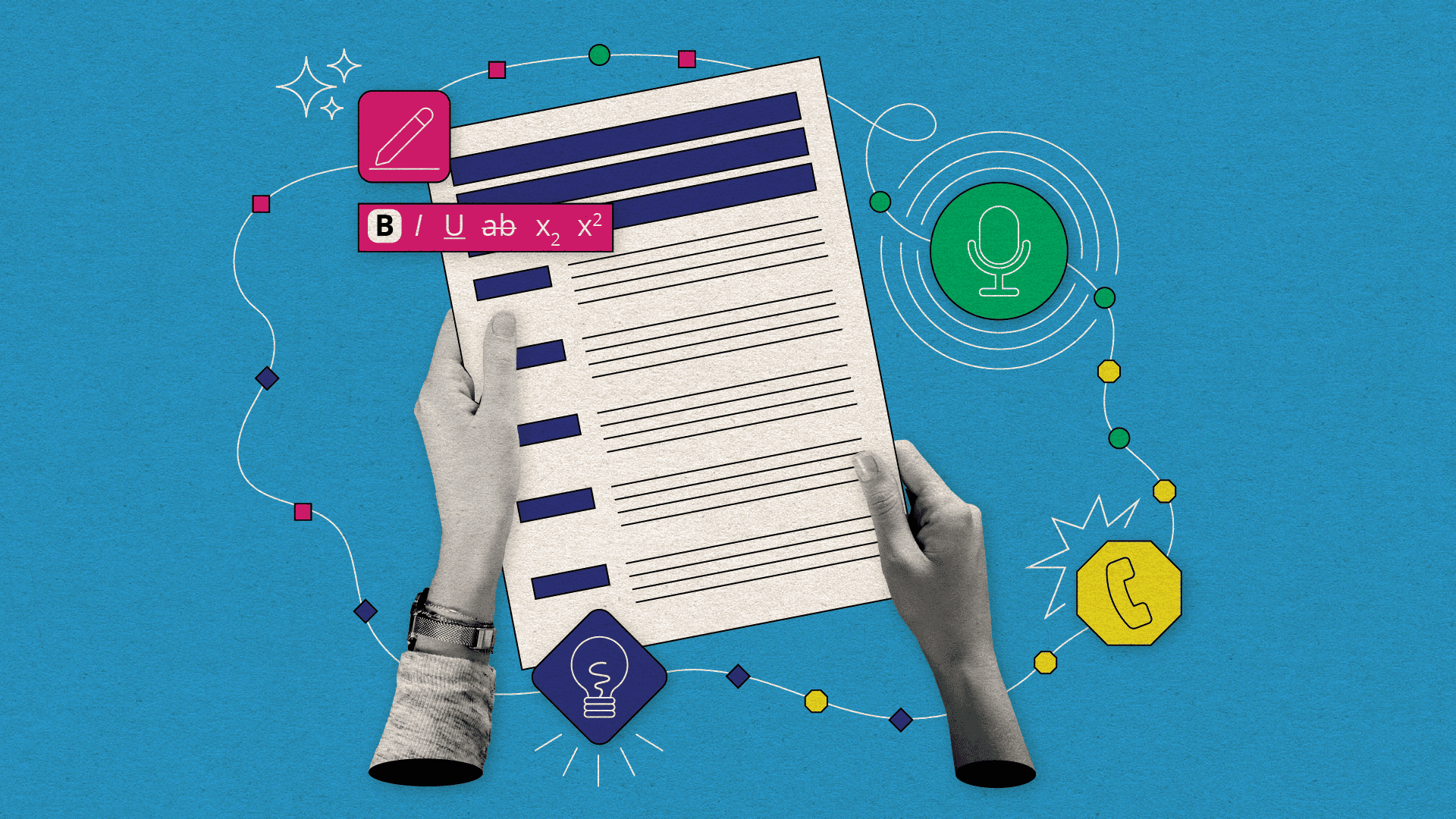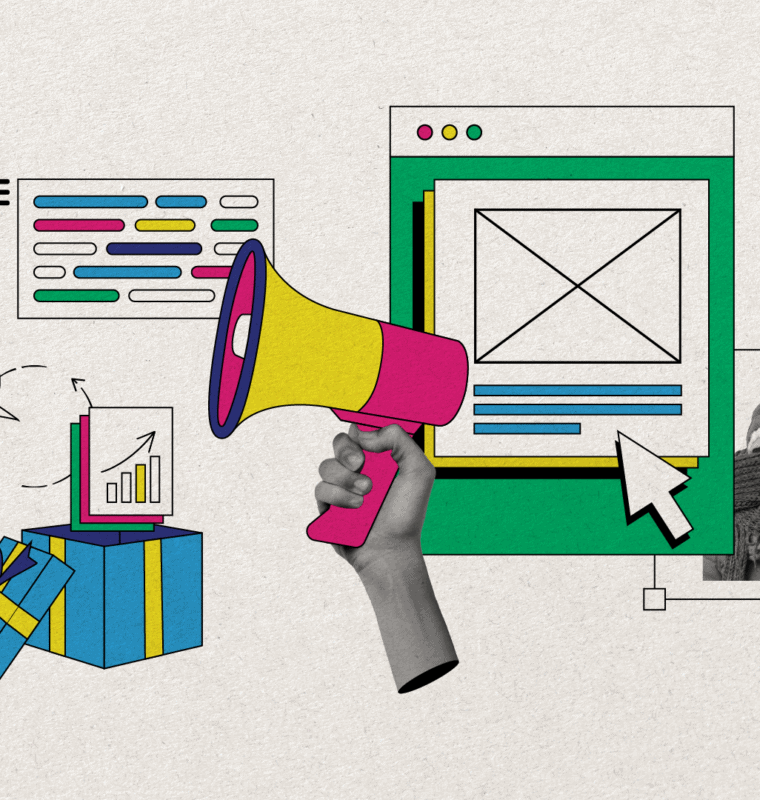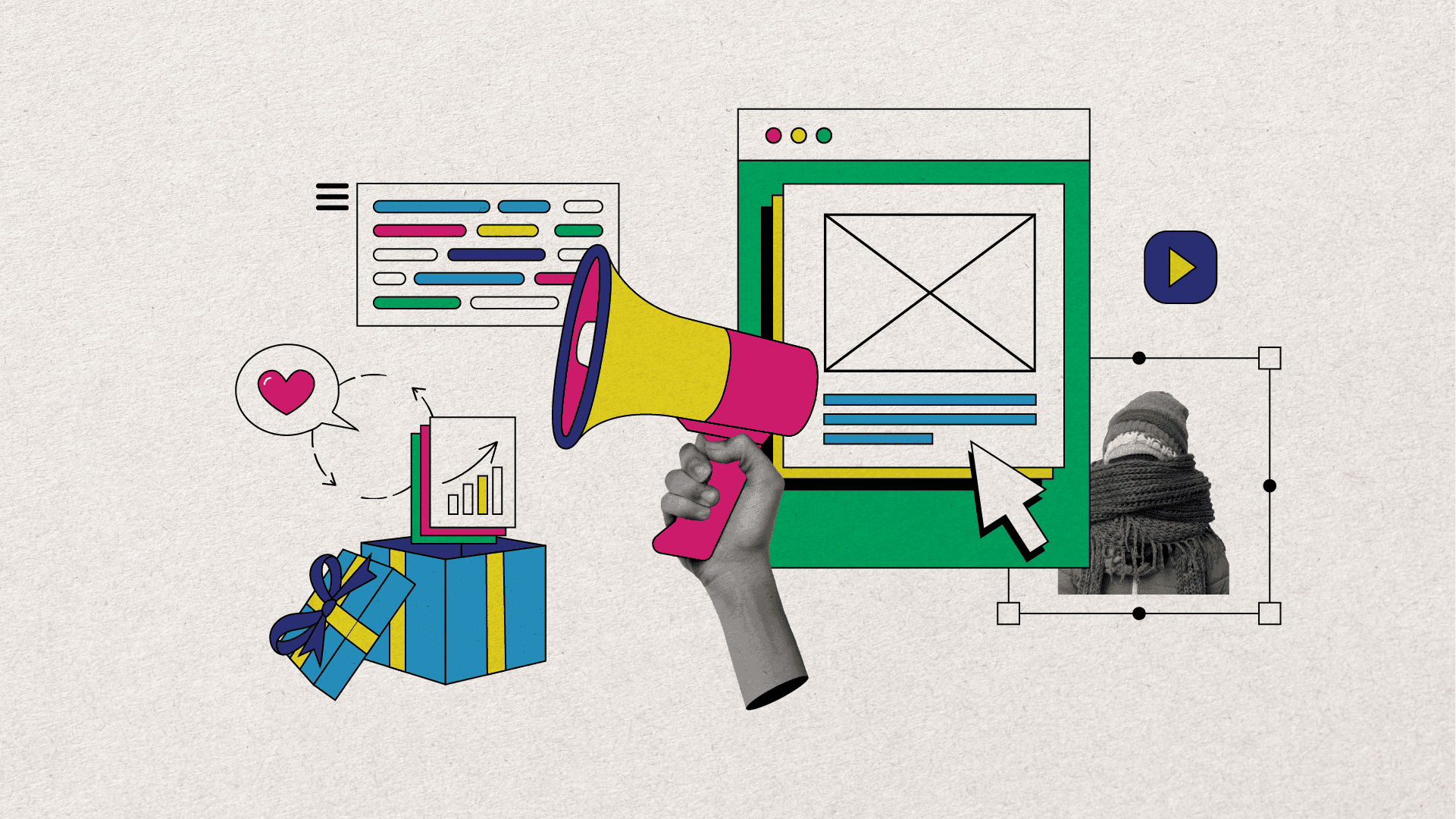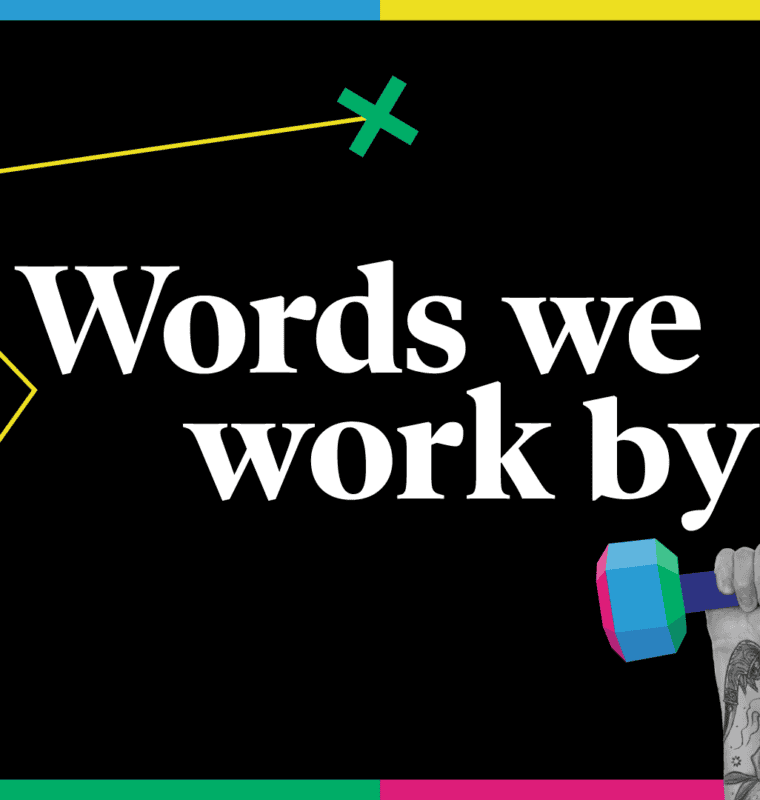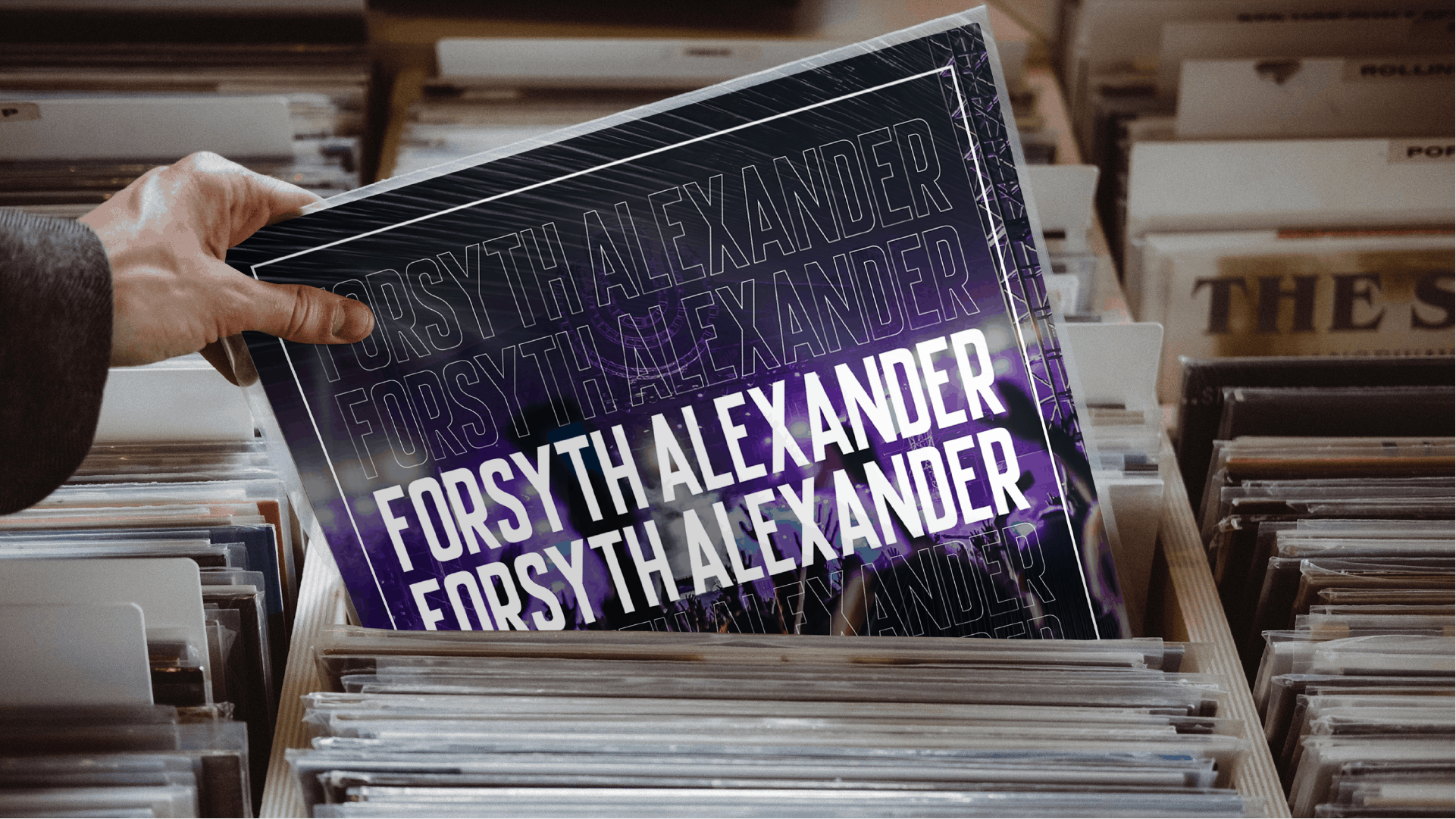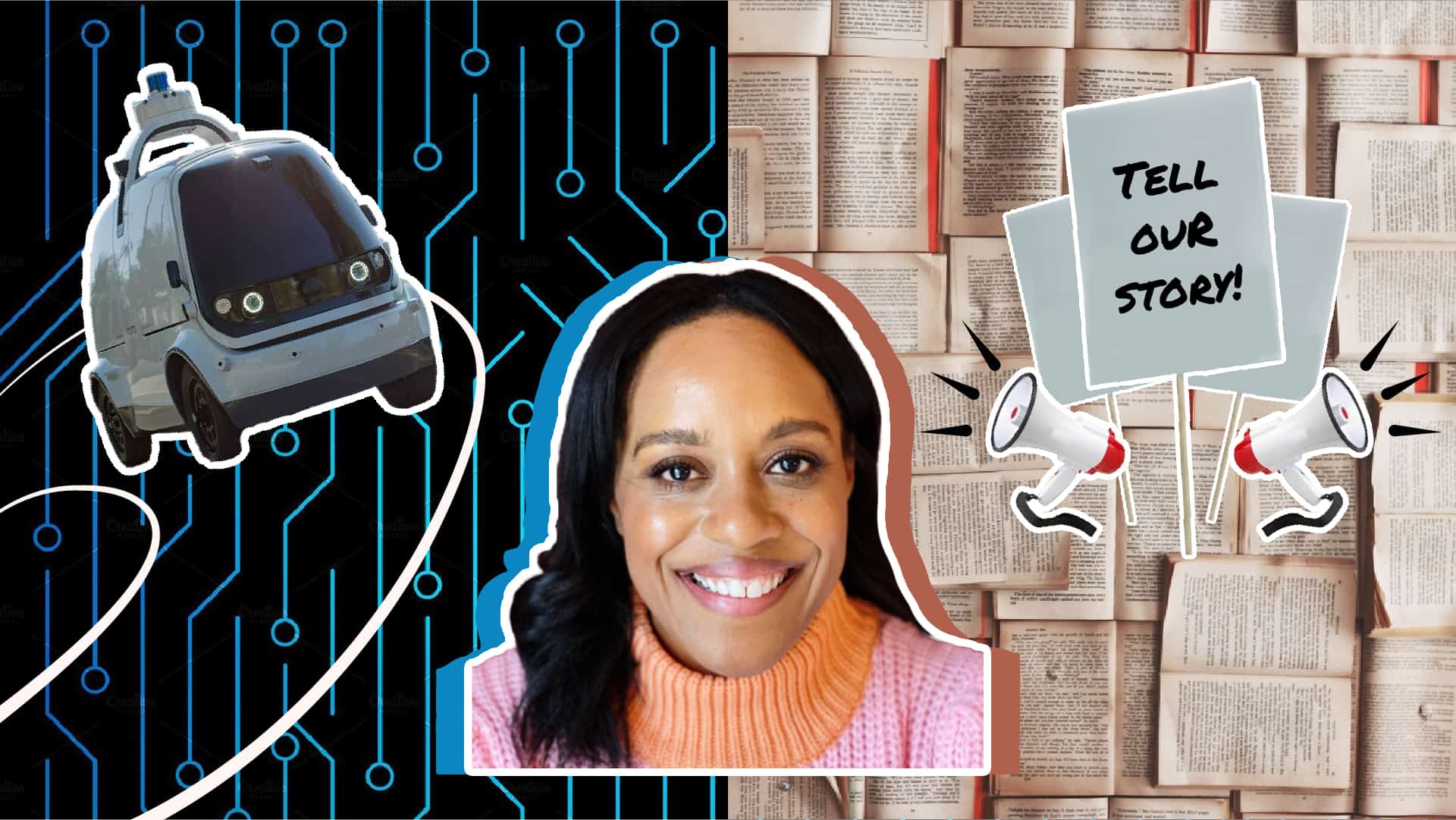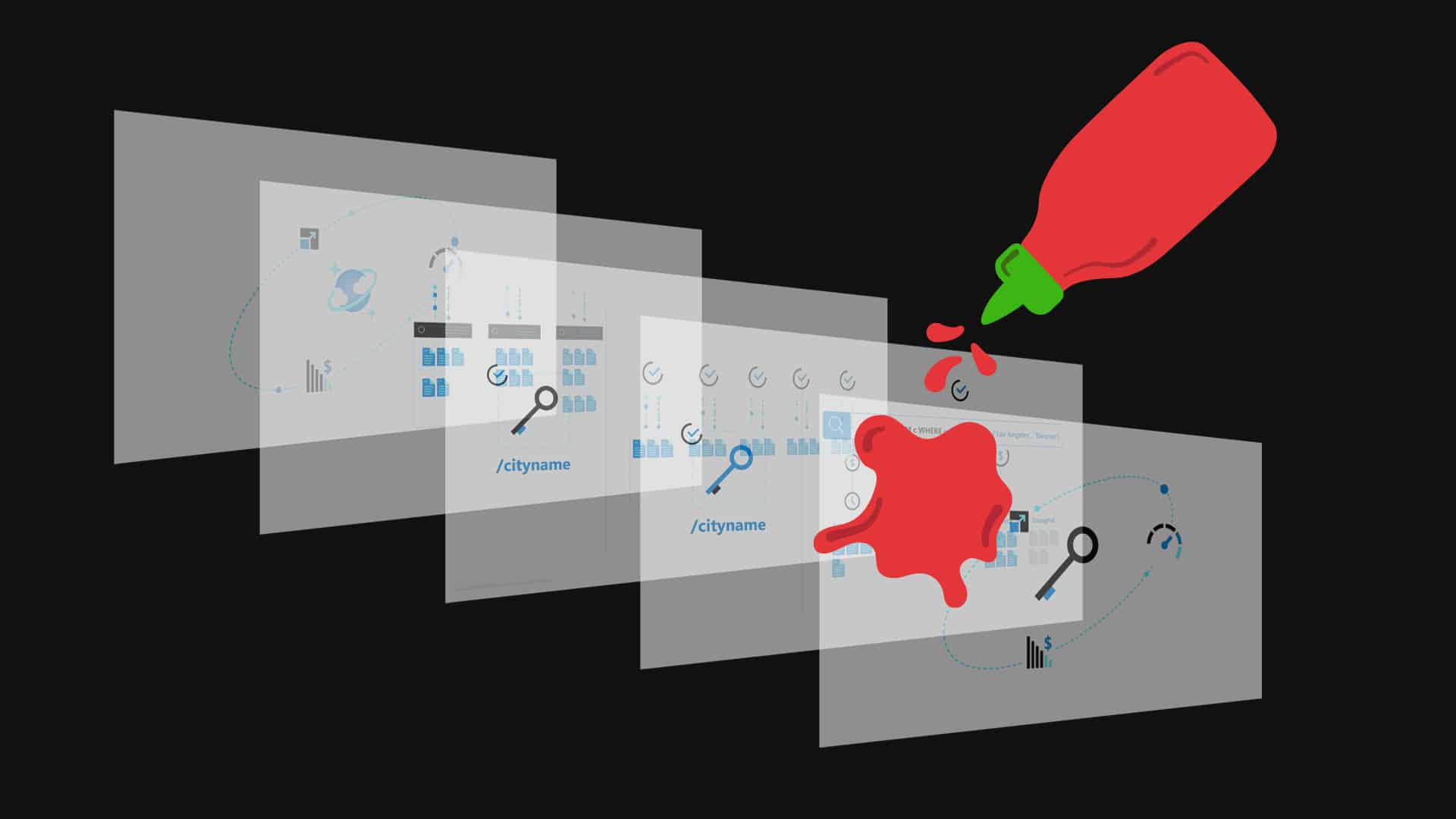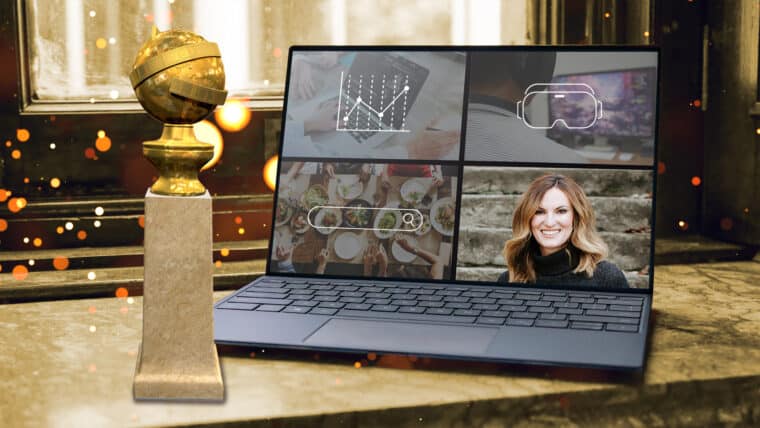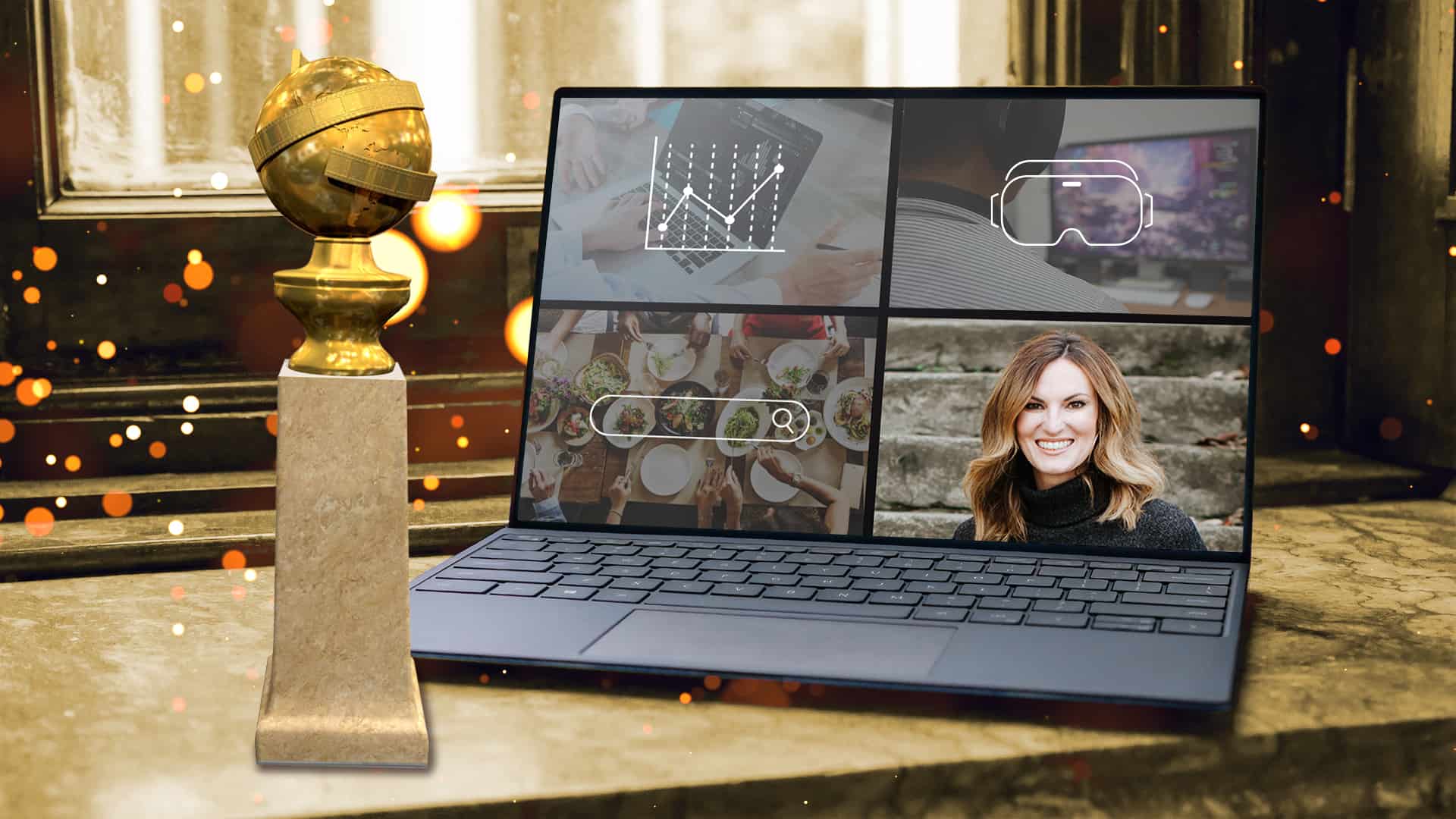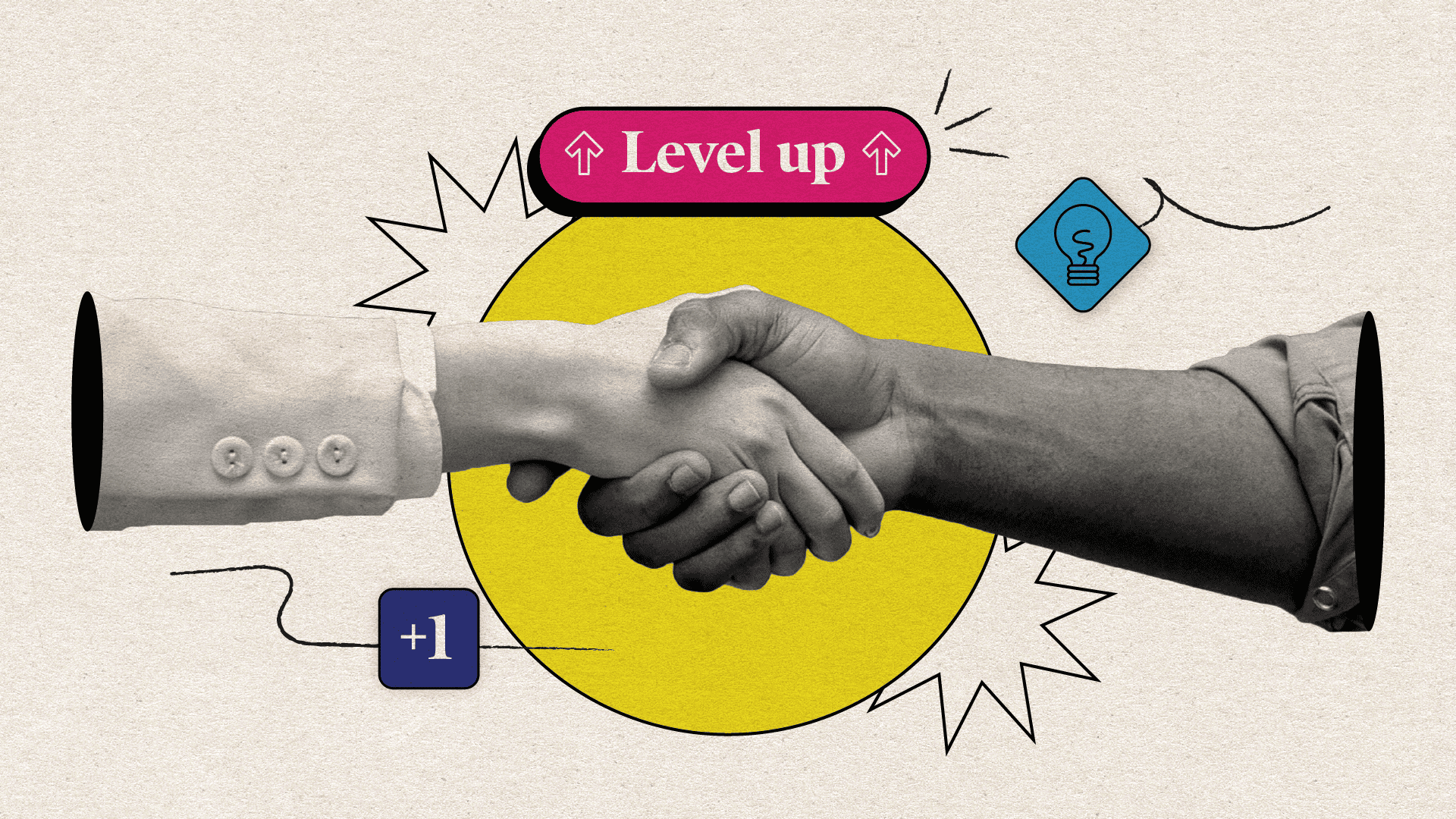
Image by Julianne Medenblik
In B2B tech, a robust partner network is invaluable—a community of brand evangelists selling your product can significantly boost your ROI. But your partners’ success depends on their ability to build a strong pipeline and convert leads. That’s why co-marketing is an essential piece of partner onboarding. The trick is balancing high-touch support for potentially valuable partners with the need for efficiency as you scale.
Here are some popular signs that your partner co-marketing strategies might be ready for a remodel: Partners are asking the same questions repeatedly; self-serve resources are underutilized and overlooked; internal onboarding teams overinvest in partners who don’t bring in leads; and scaling the existing onboarding process is unsustainable. Sound familiar?
A recipe for successful co-marketing
2A collaborated with a major cloud provider to create an excellent experience for ISV partners while removing the internal team’s manual lift. The client restructured their co-marketing onboarding program to empower new, smaller partners to build co-marketing plans at their own pace. The updated program provides context on the overall process and anchors the available resources within it. It also uses a journey format, with activities that help partners strategically organize messaging and co-marketing tactics.
Using the cloud provider’s guidelines, 2A helped create the onboarding structure, as well as build all supporting assets. We transformed interviews with partner co-marketing experts into content and created a course syllabus and webinar decks with talk tracks. These assets helped partners self-serve and ramp up on co-marketing initiatives without the help of a dedicated partner marketing manager. Through our collaborative, inquisitive approach, we helped the client bring a scalable onboarding program to life.
While building this content, we discovered key strategies that help make partner programs more effective:
- Explain benefits and how to make the most of them: Develop clear criteria for partner tiers and incentives, and outline how to use benefits like MDF for co-marketing purposes.
- Create self-serve resources and tools: Establish a centralized repository for quick, easy access to marketing and sales materials. Develop clear, easy-to-follow guides for product positioning and selling, and templates and frameworks for sales and marketing activities.
- Provide training on co-marketing and co-selling strategies: Outline effective partnership techniques and provide best practices for joint marketing efforts. Showcase successful outcomes with examples!
The impact of effective partner enablement
The goal of this co-marketing program was to empower partners to act independently while maintaining alignment with the client’s brand and sales objectives. By implementing a program like this one, you can significantly enhance your partner relationships, boost sales effectiveness, and create a more scalable partner ecosystem. This can save you time and resources, and lead to more motivated and successful partners, ultimately driving growth for your business. For example, CrowdStrike recently made history as the first cloud-native cybersecurity ISV to earn more than $1B in annual sales from AWS Marketplace. (And yes, we did marketing work for CrowdStrike!)
Have an idea for a partner co-marketing program, but aren’t sure what assets you need to make it a success? Let us talk you through options!
